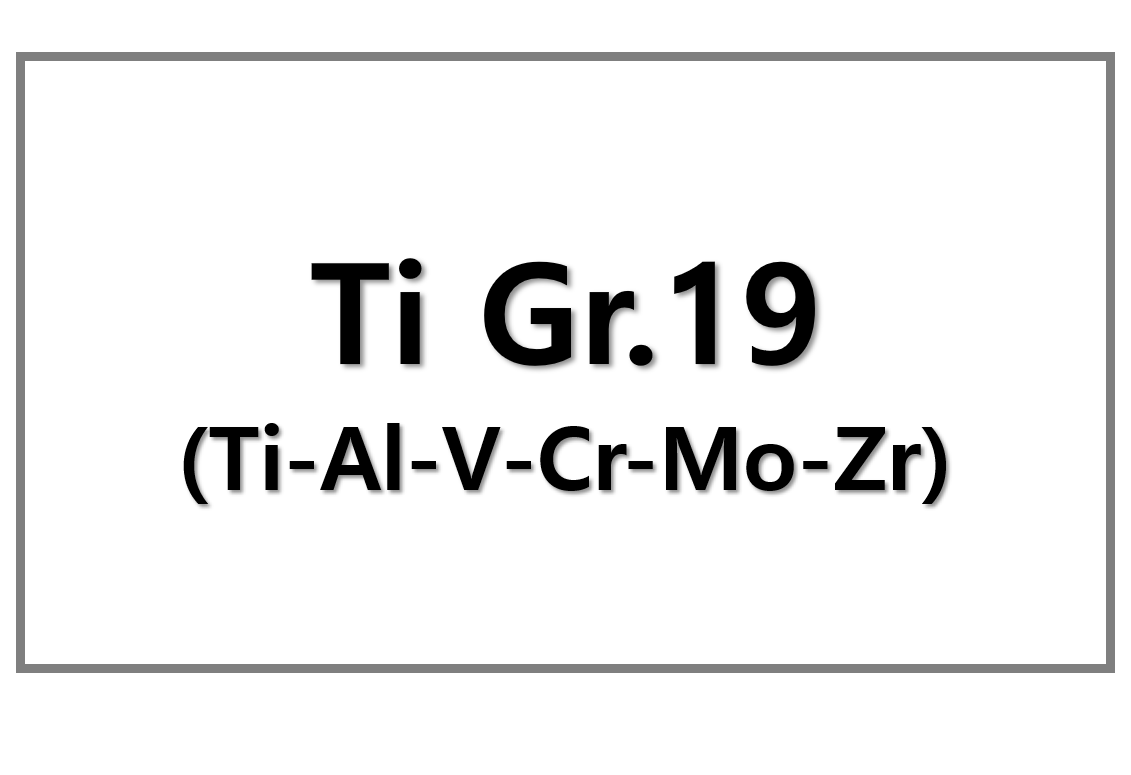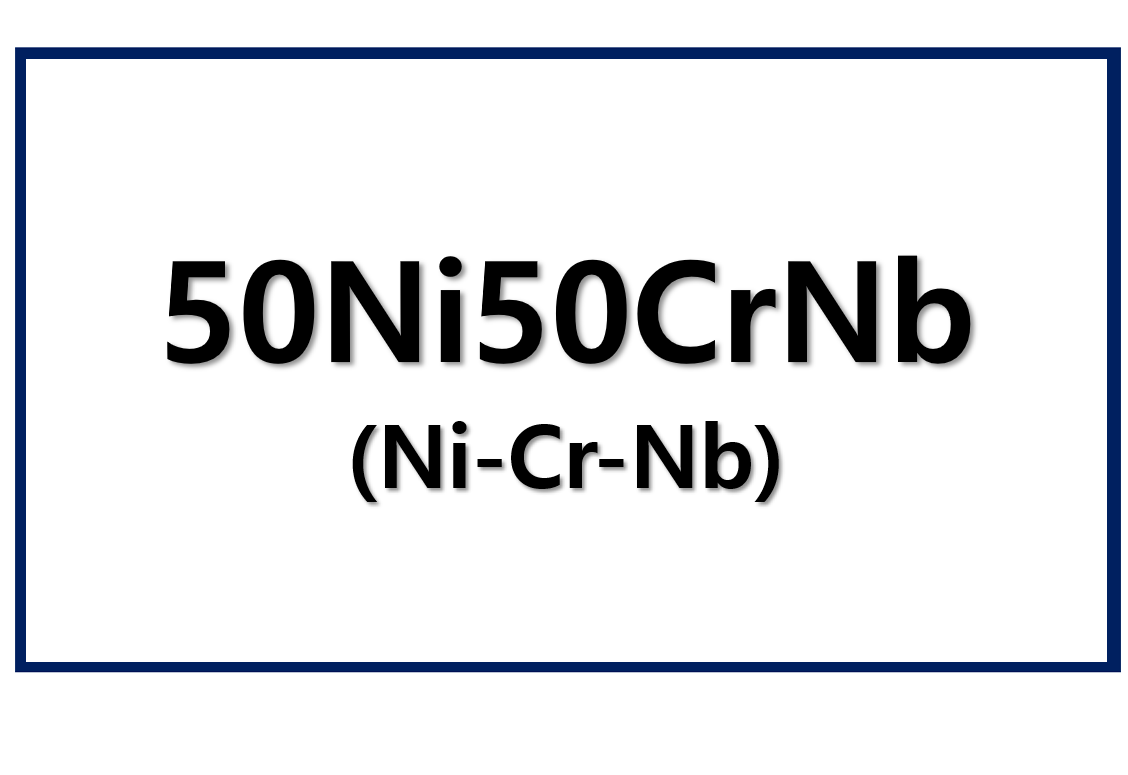
The US Department of the Interior (DOI) has announced a significant update to its offshore oil production regulations. This change, aimed at expanding oil output in the Gulf of America, revises the rules for downhole commingling, allowing operators to increase extraction efficiency by producing from multiple reservoirs simultaneously.
Details of the Revised Commingling Policy
The new policy, implemented by the Bureau of Safety and Environmental Enforcement (BSEE), raises the allowable pressure differential from 200 psi to 1,500 psi in Paleogene (Wilcox) reservoirs. This adjustment, based on feedback from offshore operators, is expected to enhance production efficiency. By allowing greater pressure differences, operators can extract oil more effectively from different reservoirs within the same field.
Under the revised rules, operators will still need to meet specific oversight requirements. These include certifying fluid compatibility between zones, installing monitoring systems to track pressure dynamics, and regularly submitting performance data to BSEE for review.
Impact of the Changes on Offshore Oil Production
Secretary of the Interior Doug Burgum emphasized that the policy change would lead to greater efficiency in American oil production. The DOI estimates that the revised guidelines could result in an increase of over 100,000 barrels per day (bpd) in offshore oil production over the next decade. As more data becomes available, the production increases could rise further.
Research from the University of Texas shows that commingling can significantly boost oil recovery. The study highlights a 61% increase in cumulative oil recovery over 30 years and a 21% improvement over 50 years when commingling is applied, compared to traditional sequential reservoir development strategies.
Strategic Implications for the Gulf of America and US Energy Policy
The updated commingling policy follows directives from the Trump administration’s Unleashing American Energy initiative. It supports the broader goal of achieving American energy dominance by reducing regulatory barriers, increasing oil production, and creating jobs. With the updated policy, the DOI aims to maximize recovery from existing wells, potentially eliminating the need for new exploration areas and reducing infrastructure expansion.
This regulatory change aligns with the DOI’s ongoing efforts to enhance US energy independence, especially in the Gulf of America, a region rich in untapped reserves. The Gulf of America now holds 7.04 billion barrels of oil equivalent in remaining recoverable resources, including crude oil and natural gas, with projections for even more undiscovered resources.
Conclusion: Shaping the Future of US Offshore Oil
The DOI’s updated offshore oil commingling rules mark a pivotal moment for the US oil industry. With these changes, operators will have the flexibility to boost oil production while ensuring better resource utilization. As the policy evolves, it could drive a new era of energy production in the Gulf of America, supporting national energy goals and contributing to long-term sustainability in the sector.











Leave a Reply
You must be logged in to post a comment.